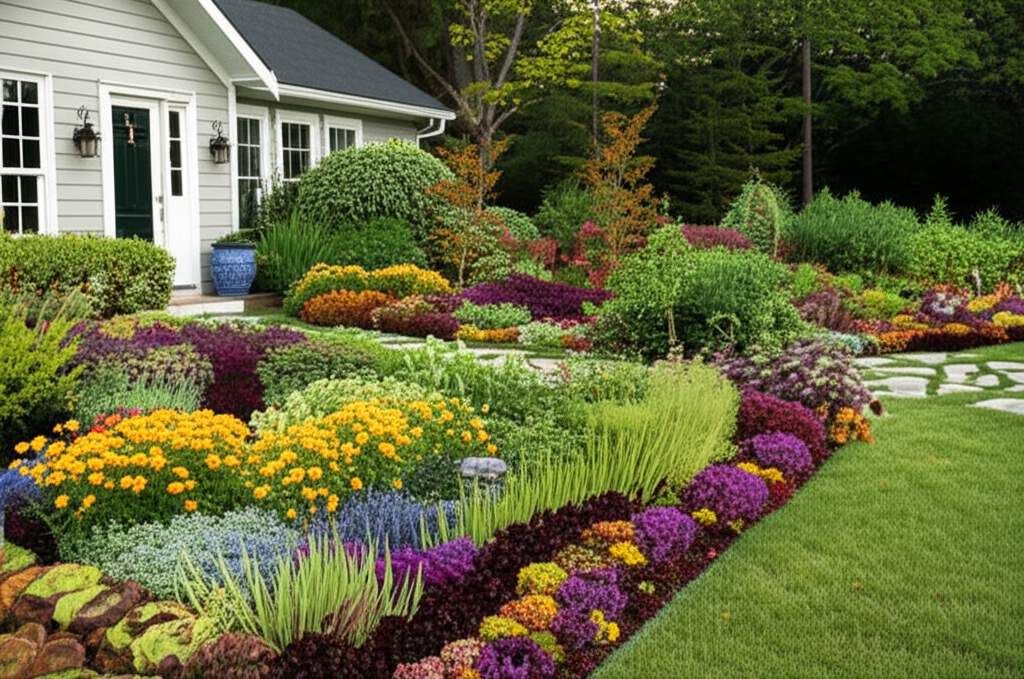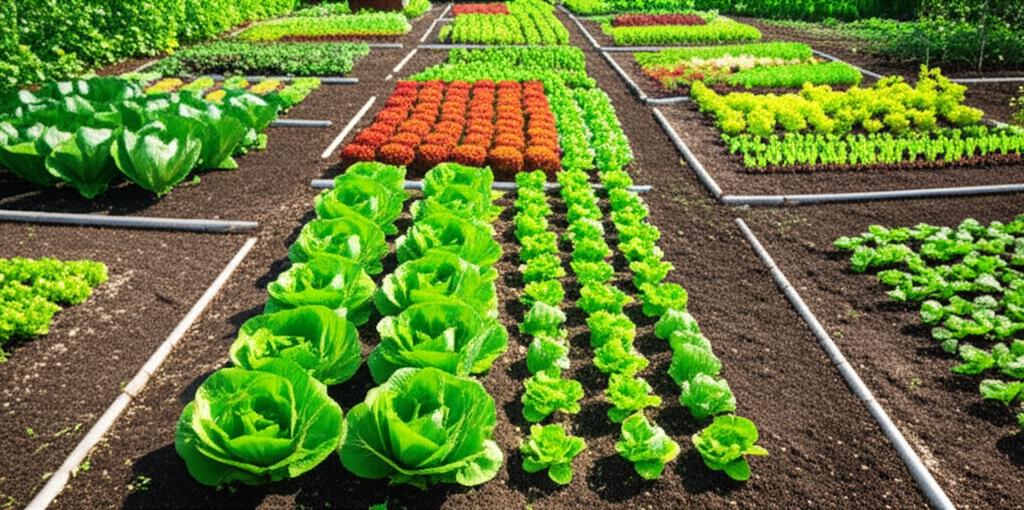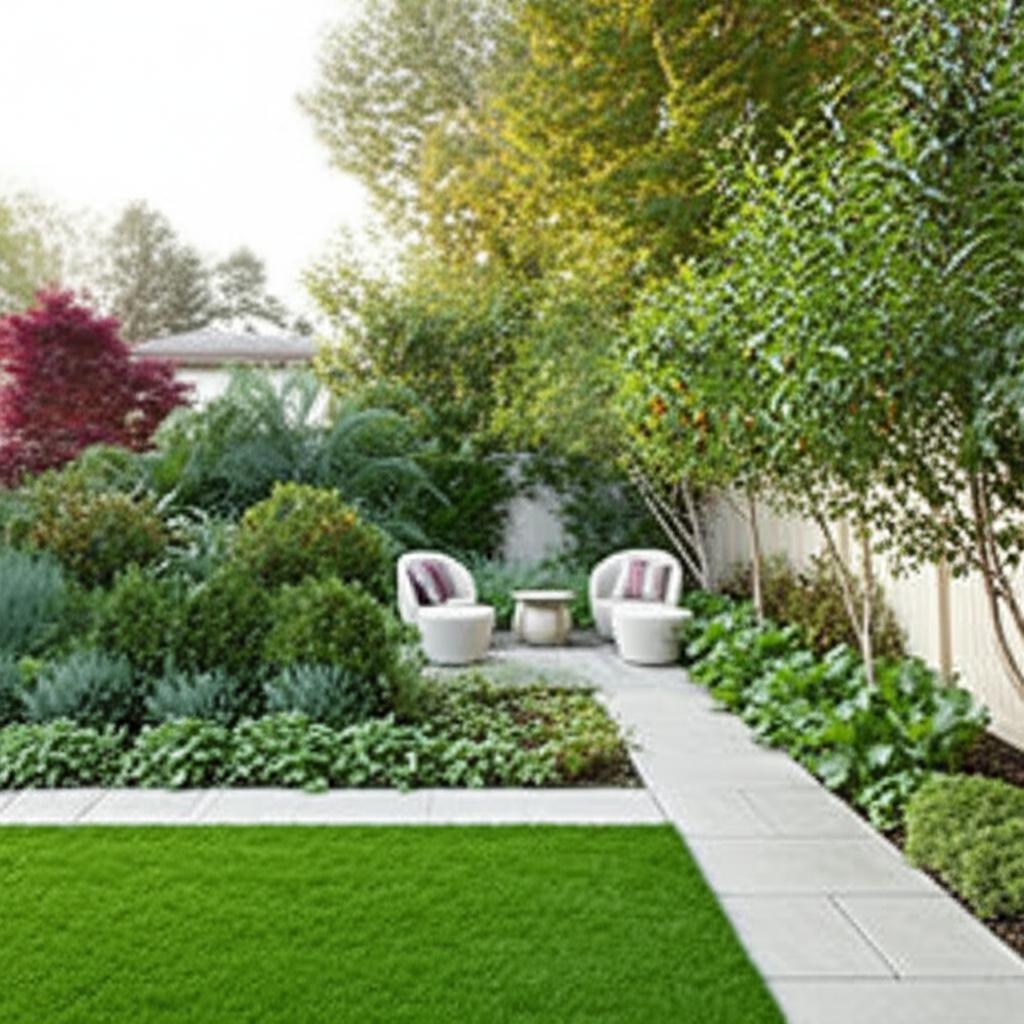Transform Your Front Yard with Edible Landscaping
Have you ever gazed at your front yard and imagined it as more than a simple lawn with a few decorative shrubs? Picture a vibrant space where every plant serves a purpose, blending stunning visuals with the practical reward of fresh, homegrown food. Edible landscaping offers a unique opportunity to cultivate fruits, herbs, and vegetables right at your doorstep, all while maintaining the polished charm of a thoughtfully designed garden. This approach not only enhances curb appeal but also brings daily harvests within arm's reach.
Understanding the Concept of Edible Landscaping
Edible landscaping is the practice of integrating food-producing plants with traditional ornamental varieties to create a cohesive, attractive design. Rather than relegating vegetables to a hidden backyard plot, this method weaves them into the very fabric of your front yard. Visualize a hedge of blueberry bushes replacing standard boxwoods or a vibrant border of rainbow chard lining your walkway. The result is a yard that remains visually captivating while providing a steady supply of fresh ingredients for your kitchen.
Assessing Your Front Yard for Potential
Before you begin planting, take a moment to carefully evaluate your space. Observe how sunlight moves across the yard throughout the day, note any slopes that might affect water runoff, and identify areas prone to pooling after rain. These factors will determine which plants are best suited to specific spots. For instance, sun-loving crops like tomatoes and eggplants thrive in open, bright areas, while shade-tolerant greens such as spinach and arugula can flourish under partial cover.
Consider starting with a manageable section of your yard. A small border near the entrance, a sunny corner by the driveway, or even a patch beside the mailbox can serve as an ideal starting point for transitioning to an edible landscape. This gradual approach allows you to test ideas and refine your design without overwhelming yourself.
Selecting Plants for Beauty and Bounty
The key to a successful edible landscape lies in choosing plants that offer both aesthetic value and practical benefits. Many fruits, vegetables, and herbs rival traditional ornamentals in appearance when thoughtfully selected. Consider incorporating these options into your design:
- Fruit Trees: Dwarf varieties of apple or pear trees deliver seasonal blooms, shade, and a harvest of crisp fruit.
- Berry Shrubs: Blueberries and blackberries provide vibrant foliage, texture, and sweet berries for snacking.
- Colorful Greens: Kale, Swiss chard, and red-leaf lettuce add striking hues and unique shapes to beds.
- Aromatic Herbs: Basil, rosemary, and thyme offer fragrance, visual interest, and culinary versatility.
- Edible Blooms: Flowers like nasturtiums and violas brighten spaces and can be tossed into salads for a pop of color.
By mixing these elements, you create a dynamic yard that delights the eye and the palate in equal measure.
Crafting a Design That Balances Form and Function
Approach your front yard as both a source of nourishment and a work of art. Layering is a powerful technique to achieve depth, much like in traditional garden design. Position taller elements, such as small fruit trees or trellised climbing beans, as a backdrop to frame the space. Medium-height plants, including berry bushes or woody herbs like sage, can define structure, while ground-level crops like strawberries or creeping thyme fill in gaps with texture and color.
Pay attention to the layout as well. Curved beds often feel soft and welcoming, while straight lines convey order and precision. Regardless of the style you choose, ensure pathways remain clear for easy access during planting, tending, and harvesting. This practicality keeps the garden functional and inviting for both you and your visitors.
Nurturing Your Edible Landscape
Maintaining an edible yard requires consistent attention, but the effort pays off with each fresh harvest. Establish a routine of watering to keep soil evenly moist, apply mulch to retain moisture and suppress weeds, and prune as needed to encourage healthy growth. Regular harvesting not only provides food but also stimulates plants to produce more, extending your yield over the season.
Pests can pose a challenge, yet natural solutions often work best. Integrate companion plants, such as marigolds or borage, to attract beneficial insects like pollinators and predators that keep harmful bugs in check. Additionally, enrich your soil by composting kitchen scraps and yard waste, creating a sustainable cycle that nourishes your plants while reducing household waste.
Seeing Your Garden Flourish Over Time
One of the greatest joys of edible landscaping is watching your yard evolve with each passing season. Early experiments with a handful of herbs or a single fruit tree can grow into a lush, diverse tapestry of edible and ornamental plants. As you tend to your space, you will notice subtle rewards beyond the harvest: pollinators buzzing among the flowers, neighbors pausing to admire your creativity, and a deep sense of fulfillment from cultivating a landscape that sustains both body and soul. With patience and care, your front yard will become a living testament to the harmony of beauty and utility.


